19+ Greenbrier Plant Thorns
Web Greenbrier is a slender spiny woody vine climbing by coiled tendrils. New shoots of greenbrier growth with tendrils used for climbing.

Wicked Weeds A Tangled Tale Of Thorny Smilax
The lanceleaf greenbrier or bamboo vine Smilax smallii is practically thornless and makes a very attractive climbing vine for training on trellises.

. The rounded alternate leaves are about 2 to 5 inches long. Deciduous Smooth Textured Provides Winter Interest Foliage Color. Web Native to western South America from Columbia to northern Argentina white floss-silk tree Ceiba insignis formerly Chorisia insignis is white-flowered stouter and less commonly planted.
Web Greenbrier does well in light shade to partial sun in woodlands thickets openings in woodlands or on edges of wooded areas. Common greenbriar has been recommended as a planting to depress other plant growth under power line rights-of-way. Be sure to use protective gloves when working with this vine.
12-18 m 6-8 ft. 8 The leaves are glabrous and never glaucous. The stems usually have small black thorns that are each roughly ⅓ long.
The upper surfaces of the leaves are darker than the undersides. All told some 14 species of greenbrier spread their green woody vines across the Southeast. It is also sometimes called roundleaf greenbrier.
Web Some stems of Common green brier do not have thorns. Young plants or stems may have small green thorns or none at all. There are 300 to 350 smilax species worldwide.
The individual flowers are either male or female and only one sex is found on a. As the stem ages the thorns enlarge and harden making them perfect for drawing blood. Web This vine climbs with tendrils producing nearly impenetrable thickets in a range of wet and dry habitats.
It also recovers quickly following fire. Hispida Family Smilacaceae greenbriers Description Bristly greenbrier is a stout perennial woody vine with bristlelike black spines climbing high by. Woody vine with alternate light green heart-shaped or ovate leaves.
Leaves have parallel venation. Not only do thorns discourage human association but they also protect new stems from deer and rabbit browse. Web Smilax tamnoides Bristly Greenbrier Pick an image for a larger view.
18-24 m 8-10 ft. When left unchecked greenbriar can quickly grow into a large tangled mass of thorns that. It grows at a moderate rate to around thirty feet tall and wide old trees may be somewhat larger typically with a fat thorny trunk and spreading branches.
Birds eat the berries particularly in winter. Toyon is a beautiful perennial shrub native throughout the western part of California and the Sierra foothills. Web Full Sun Sun to Partial Shade Light Shade Foliage.
3-36 m 12-15 ft. Web Description Round-Leaved Greenbrier is a deciduous to semi-evergreen woody vine in the greenbrier family. The leaves are shiny green and the vines will grow to approximately 8 feet high.
Web Bristly Greenbrier Thorny Edible Scientific Name Smilax hispida syn. Greenbrier also sprouts via underground stems called rhizomes. Greenbrier is a headache due to its thorns lots of thorns.
Unknown - Tell us Hardiness. Approximately twenty-four species are native to North America with fifteen species growing in. Web Smilax vines go by the common names greenbrier or catbrier due to the thorns covering their stems.
The flowers are dioecious similar to holly trees. This evergreen perennial is part of the Smilax genus and has thorny stems and waxy leaves with a root system thats difficult to remove. Web Greenbrier is a headache due to its thorns lots of thorns.
Unknown - Tell us Height. Web Greenbrier also has two defensive traits that help it survive various threats. Web Plant in loose dry to medium well-drained soils.
They will also grow over trees and other plants up to 10 m high their hooked thorns allowing them to hang onto and scramble over branches. 45 6 m tall and wide. Upper surface dark green sometimes with lighter blotches.
Web Description On their own Smilax plants will grow as shrubs forming dense impenetrable thickets. See the glossary for icon descriptions. Leaves alternate simple 1½4 inches long 1¼3 inches wide broadly heart-shaped or oval or lance-shaped.
The stems are thorny which makes it more difficult to remove from trees and shrubbery. As the stem ages the thorns enlarge and harden making them perfect for drawing blood. 15 to 20 ft.
Burn the vine to get rid of it. Dont put it in your compost pile. The common greenbrier is most often found in forests with sandy moist to dry soils in woodlands fields and pond borders hedgerows thickets.
Some species have thorns andor tendrils on stems. The sweet acacia can be recognized by its yellow puffball-like flowers and long sharp thorns found on either the trunk or its branches. 6-9 m 30-40 ft.
The Bedford Extension Master Gardeners explain that brambles are part of the rose family and resemble prickly shrubs. 47-6 m 20-30 ft. Climbs on other plants can form dense thickets.
9 There are 3 to 5 primary veins per leaf. Web Greenbrier produces small white flowers from July to August. Lower surface smooth conspicuously whitened with a waxy coating or bluish-gray or silvery.
It is a prominent component of the coastal sage scrub plant community and is a part of drought-adapted chaparral and mixed oak woodland habitats. When the vine is dying the green stem turns dark brown. The thorns are usually white in color and around 1 inch 25 cm long.
Web Not quite as pretty is greenbrier Smilax rotundifolia USDA plant hardiness zones 4 to 9 a woody climbing vine that has round green stems and tough thorns. Leave it alone for two days then cut it back to ground level. If small plants re-sprout where you killed the larger vine spray them with the solution when they are 6 inches 15 cm tall.
Web Not all greenbrier vines are troublesome weeds. Numerous loose hemispheric flower clusters 1 to 2 inches across each on a long stalk and containing up to 25 flowers with male and female flowers on separate plants dioecious. Web When the plants abundant thorns snag your clothing or pierce you skin you are not apt to forget the encounter.
The native plant I am referring to is also known by names such as horsebrier sawbrier smilax and catbrier. 24-3 m 10-12 ft. Greenbrier is well known for its glossy round leaves.
The genus includes both deciduous and evergreen species. Web Another vine with thorns and a more invasive nature is greenbriar Smilax laurifolia USDA zones 7 through 10. The most obvious of course is its thorns.
It is also known by the common names Christmas berry and. Young plants or stems may have small green thorns or none at all. Web Spray the vine with a 10 solution of glyphosate.
36-47 m 15-20 ft. Web The greenbrier climbs via tendrils that grow from the petioles.
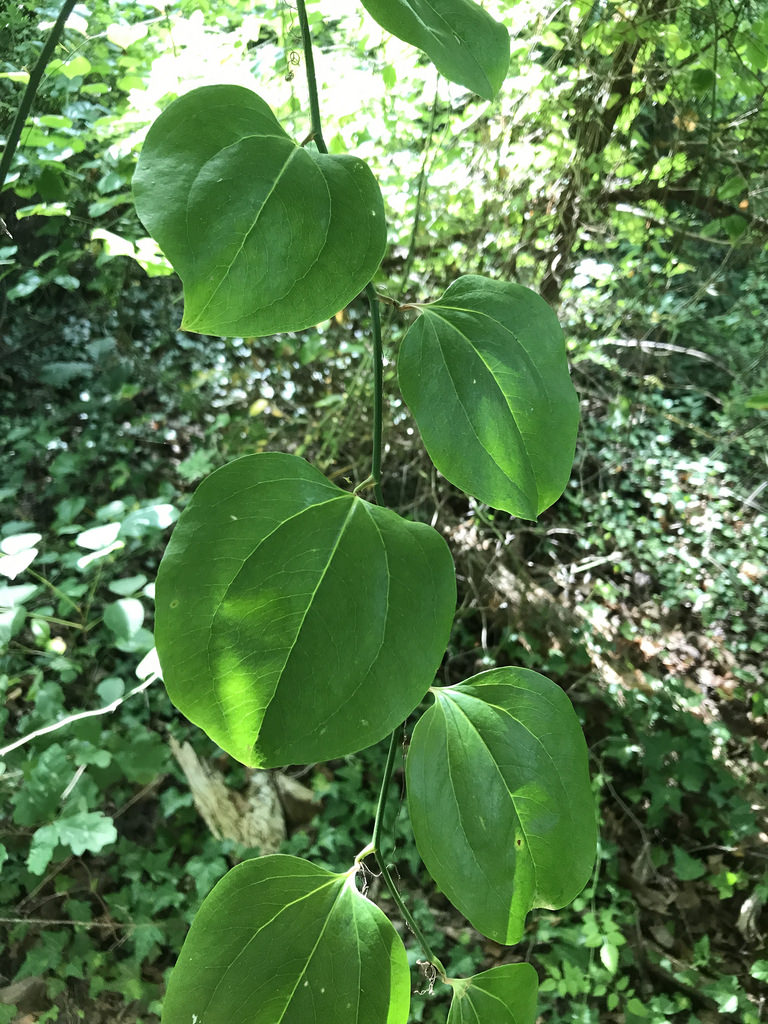
Maryland Biodiversity Project Common Greenbrier Smilax Rotundifolia
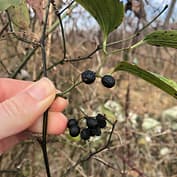
Greenbrier Friend Or Foe The Piedmont Environmental Council

Bristly Greenbriar
Wfsc 406 Greenbriars

Kansas Wildflowers And Grasses Bristly Greenbrier
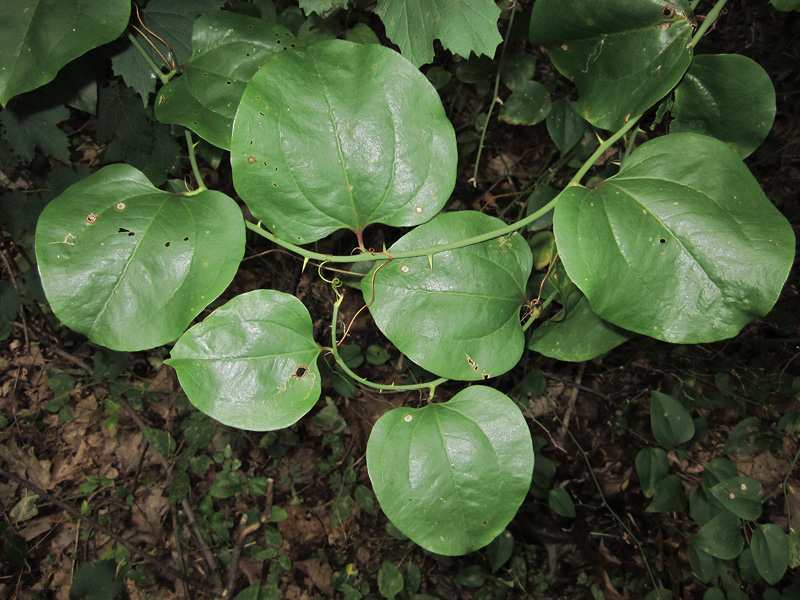
Maryland Biodiversity Project Common Greenbrier Smilax Rotundifolia
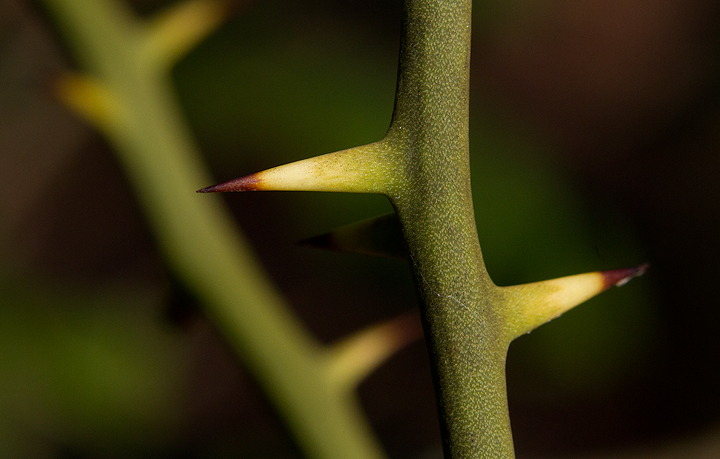
Maryland Biodiversity Project Common Greenbrier Smilax Rotundifolia

Smilax Greenbriar Integrated Crop Management
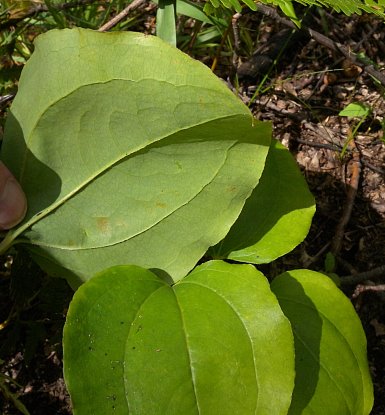
Round Leaved Greenbrier Smilax Rotundifolia

Bristly Greenbriar
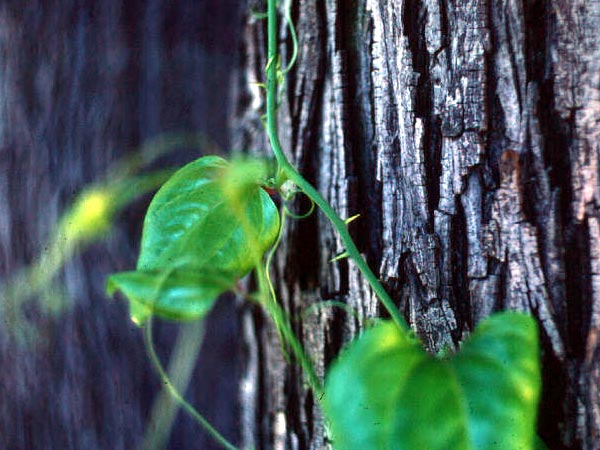
Greenbriar Rutgers Njaes
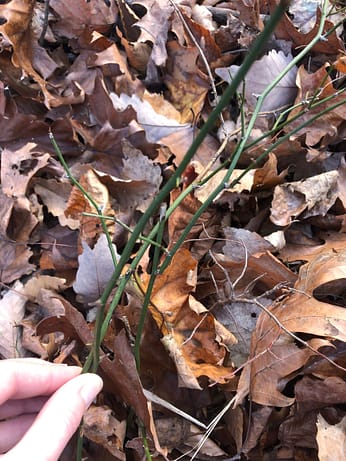
Greenbrier Friend Or Foe The Piedmont Environmental Council

Smilax Species Bull Briar Greenbriar Horse Brier Roundleaf Greenbrier Smilax Rotundifolia

Bristly Greenbriar
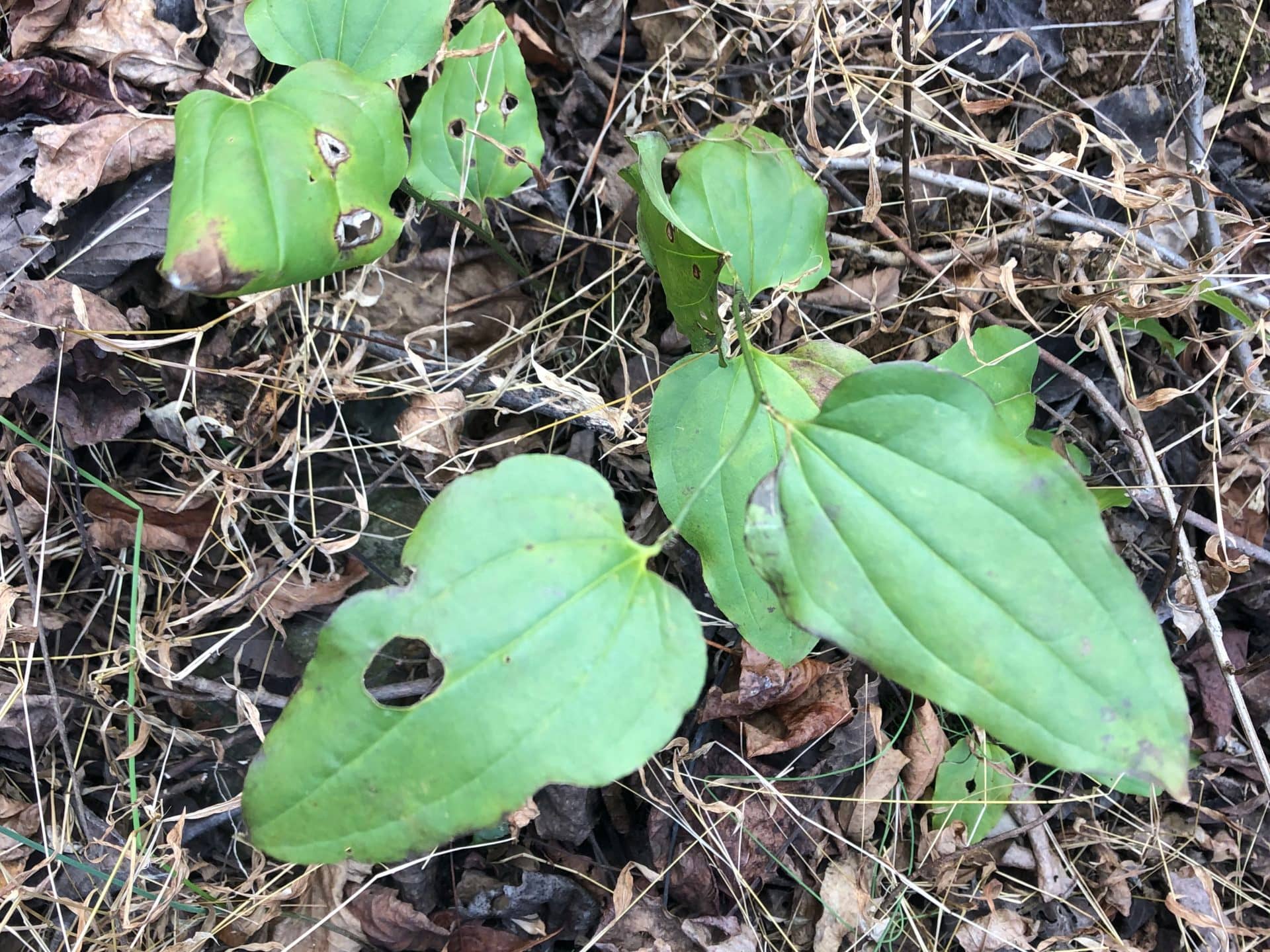
Greenbrier Friend Or Foe The Piedmont Environmental Council

Phillip S Natural World 1 0 2 Florida S Thorniest Natives

Random Plant Bristly Greenbrier The Life Of Your Time